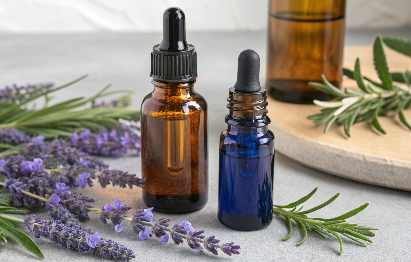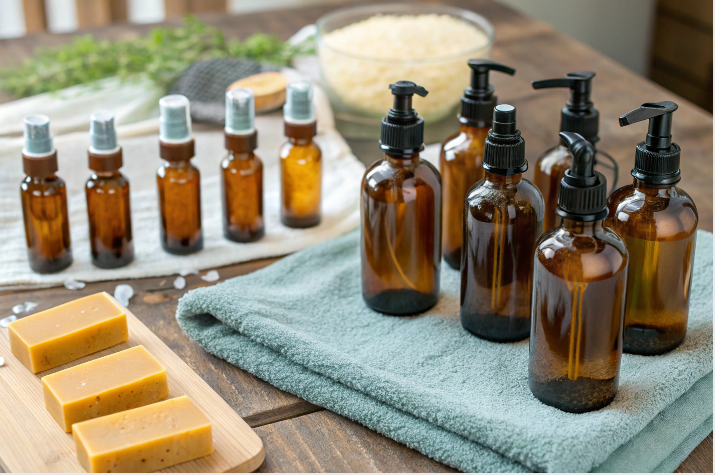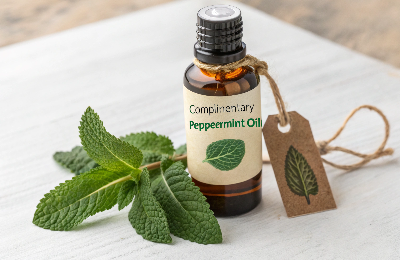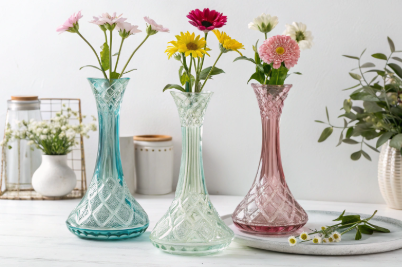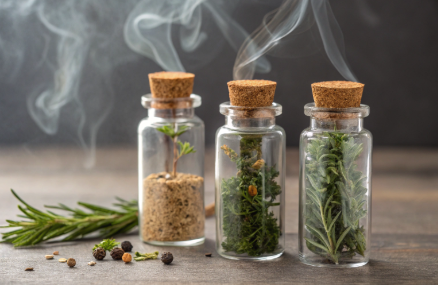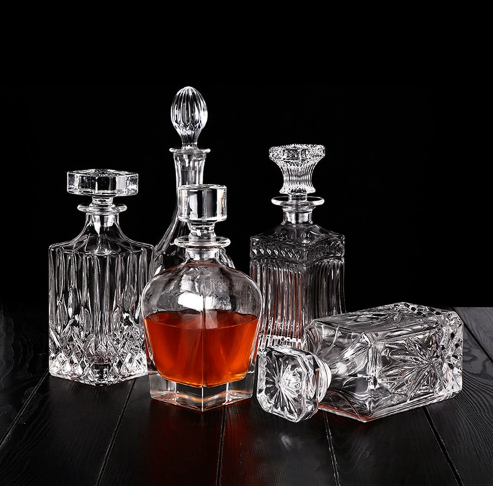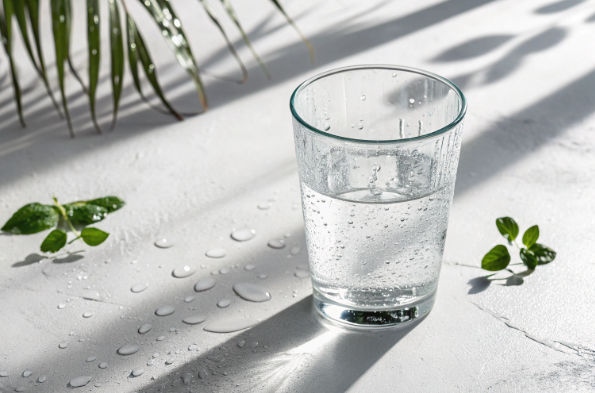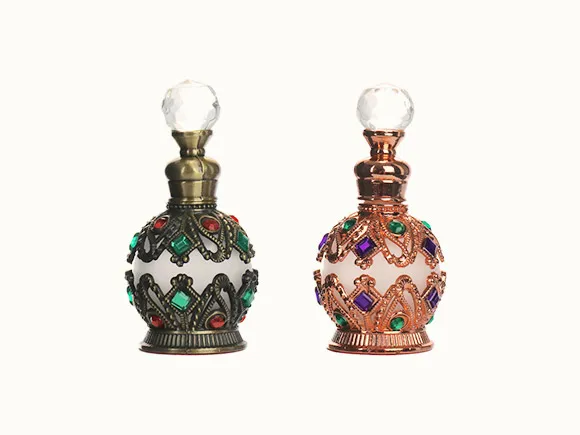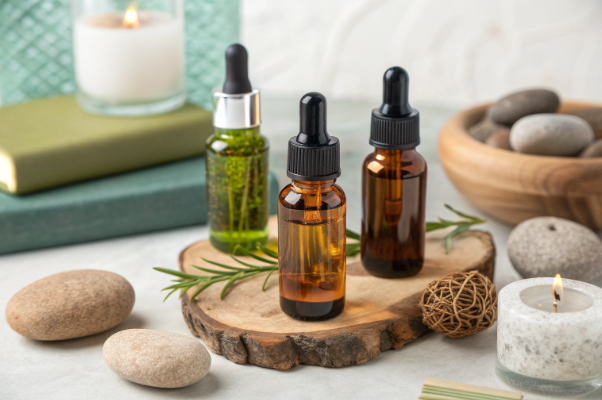Cleaning essential oil bottles seems simple—just rinse and reuse, right? Not quite. Without proper cleaning, leftover oil residue, scent contamination, and bacterial buildup can damage new formulations, alter the aroma, and harm your brand’s credibility.
To properly clean essential oil bottles, you must remove all residual oil, sterilize the container, and neutralize lingering odors before reuse. This ensures safety, purity, and consistent scent profiles in your new batches.
Whether you’re a DIY formulator or a purchasing manager at a skincare brand, understanding the correct bottle-cleaning process is critical. Below, I break down the best methods, materials, and professional standards for cleaning, sterilizing, and deodorizing essential oil glass bottles.
How to clean essential oil bottle glass?
Essential oils are potent, sticky, and leave behind stubborn residues that basic soap and water won’t remove, which can lead to oxidation over time.
The best way to clean essential oil glass bottles is by using a multi-step method: soak, wash with degreasing agents like alcohol or baking soda, rinse thoroughly, and dry completely.
Step-by-Step Guide to Cleaning Essential Oil Bottles
1. Disassemble the Bottle
Remove the cap, dropper, or roller ball. These components must be cleaned separately.
2. Initial Soak
Fill the bottle halfway with warm water and a few drops of unscented liquid dish soap. Let it soak for 30 minutes to loosen oils. Ensure the soaking is done away from direct heat and light to prevent any further degradation of the oil residues.
3. Add Degreasing Agent
-
White vinegar helps break down oils.
-
Rubbing alcohol (isopropyl) cuts through stubborn residues.
-
Baking soda neutralizes acidity and absorbs smell.
Pro Tip: Combine 1 tsp of baking soda with 2 tbsp of vinegar inside the bottle. It will fizz—this is part of the cleaning reaction.
4. Use a Bottle Brush
Scrub the interior with a small brush, especially for 5ml or 10ml bottles with narrow necks.
5. Rinse With Hot Water
Thoroughly rinse until no soapy or chemical smell remains.
6. Air Dry Upside Down
Let bottles dry on a clean towel or rack with the neck facing downward. Ensure they’re completely dry before reuse to avoid water contamination.
How do you sterilize glass bottles for oil?
Even after cleaning, your bottles must be sterilized to kill bacteria, mold, or spores—especially if you’re using them for skincare or medical aromatherapy.
The most effective ways to sterilize essential oil bottles are boiling, steaming, or using a disinfecting alcohol rinse, depending on the size and fragility of the container. Using darker glass bottles can provide additional protection against light, further preserving the quality of the oils.
Sterilization Methods
1. Boiling Method (Glass Only)
Place clean bottles in a pot of boiling water for 10 minutes. This method is:
-
Chemical-free
-
Suitable for most heat-resistant glass
For example, copaiba balsam, known for its woody and earthy aroma, can withstand boiling without losing its properties.
⚠️ Do not boil droppers, plastic caps, or rollerballs. They may warp or release harmful substances.
2. Steam Sterilization
Use an electric baby bottle sterilizer or steam-cleaning system. Ideal for small batches and delicate packaging.
3. Alcohol Wipe or Soak
For parts that can't be boiled:
-
Soak in 70% isopropyl alcohol for 10 minutes
-
Air dry in a sterile environment
Post-Sterilization Handling
|
Task |
Best Practice |
|---|---|
|
Drying bottles |
Use a lint-free towel or air dry upside down |
|
Handling post-sterilization |
Use gloves to avoid recontamination |
|
Storage before reuse |
Store in airtight, sanitized containers |
At PauPack, we implement ISO-standard sterilization protocols using UV-light cabinets and alcohol rinses for small-volume amber and cobalt bottles, especially before applying silk screen printing or cap assembly. Proper handling is crucial to prevent the oxidation process, which can degrade the quality of the oils.
How to clean an essential oil spray bottle?
Spray bottles have extra components—nozzles, tubes, and chambers—that make cleaning more complex than standard droppers.
To clean essential oil spray bottles, disassemble all parts, flush the mechanism with alcohol or vinegar, and soak the bottle in hot, soapy water. This is especially important for spray bottles used in blending essential oils for various applications.
Step-by-Step Cleaning for Spray Bottles
1. Empty and Disassemble
Remove the cap, pump, and inner tube. Separate any removable spray head or actuator.
2. Clean the Bottle Body
Follow the same soaking and brushing method used for regular glass bottles.
3. Flush the Sprayer
Fill a small cup with rubbing alcohol or vinegar. Insert the spray tube and:
-
Pump repeatedly to draw the liquid through the nozzle
-
Repeat until the spray runs clear and odor-free
Ensure all components are thoroughly exposed to the cleaning agents to remove any residual oils.
4. Soak Components
Soak the nozzle, cap, and tube in hot soapy water, then rinse with alcohol.
5. Rinse and Air Dry
Ensure every part is completely dry, especially inside the spray chamber, to prevent microbial growth.
Recommended Tools
-
Fine-tipped brushes or interdental brushes
-
Small droppers to push cleaning solutions into spray tubes
-
Compressed air (for industrial clients) to clear micro-parts
PauPack offers replacement spray tops, so brands can maintain hygiene without full cleaning. Many of our clients opt to use new sprayers for each product batch, especially in clinical or export markets.
How to get essential oil smell out of glass bottles?
Even after a deep clean, essential oil bottles often retain a lingering scent—especially from strong oils like peppermint, eucalyptus, or patchouli. The lingering scent is often due to the complex composition of essential oils, which can be challenging to neutralize completely.
To remove essential oil smells from glass bottles, use odor-neutralizing agents like baking soda, activated charcoal, or vinegar, followed by extended airing.
Natural Deodorizing Methods
1. Baking Soda Soak
Fill the bottle with warm water and 1 tbsp of baking soda. Let it soak overnight. Rinse well.
2. Activated Charcoal
Place a pinch inside a dry bottle, seal it, and let it sit for 48 hours. Charcoal absorbs odor molecules.
3. White Vinegar
Rinse the bottle with vinegar, then let it air dry completely. The acidity breaks down lingering compounds.
4. Sunlight and Air
Leave bottles in direct sunlight (open and dry) for a day or two, as the light and heat can help break down residual scent oils. UV rays help break down residual scent oils.
Note: Avoid UV exposure for amber or printed bottles you plan to reuse long-term. For these, stick with baking soda or alcohol rinses.
Commercial Solutions
-
Odor-removing cleaning sprays
-
Glass-specific degreasers used in labs
-
Ultrasonic cleaners (for industrial users)
At PauPack, our in-house ultrasonic cleaning units handle tough jobs—especially when prepping used customer samples for re-bottling or testing purposes.
Why proper cleaning matters for B2B clients
For indie brands, wellness shops, and private label skincare startups, reused bottles might be part of your sustainability strategy—but only if done right.
Improperly cleaned bottles can lead to spoiled batches, customer complaints, or even safety recalls. This is especially dangerous if:
-
Bottles are being refilled for testing new formulas
-
Packaging is reused in promo sets or sample kits
-
You are exporting to markets with strict compliance (FDA, EU, BPOM)
Proper cleaning ensures that the health benefits of essential oils are preserved and that they remain safe for use.
What We Offer at PauPack
Pre-cleaned, pre-sterilized amber and cobalt bottlesDropper and sprayer kits with removable partsCustom cap options for easy cleaning and reuseFrosted or screen-printed glass that withstands repeated sanitization
Whether you manage a large aromatherapy line or run a growing e-commerce skincare brand, we can help you choose packaging that’s easy to clean, easy to reuse, and still stunning on the shelf. Our commitment to quality ensures that every bottle meets the highest standards of safety and efficacy.
Conclusion
Essential oil glass bottles must be thoroughly cleaned and sterilized to ensure purity, safety, and product consistency. With the right tools and methods, you can confidently reuse bottles—or choose reliable pre-cleaned solutions from PauPack.




